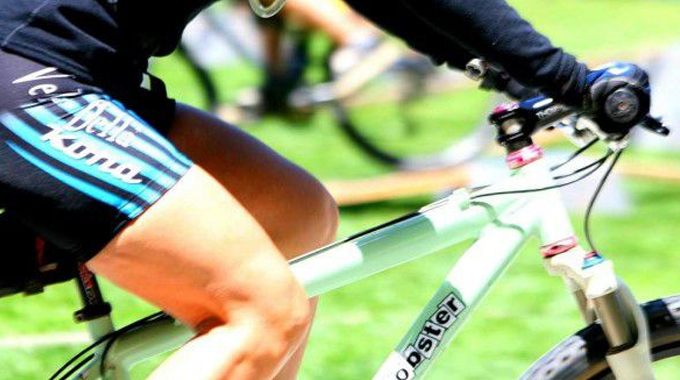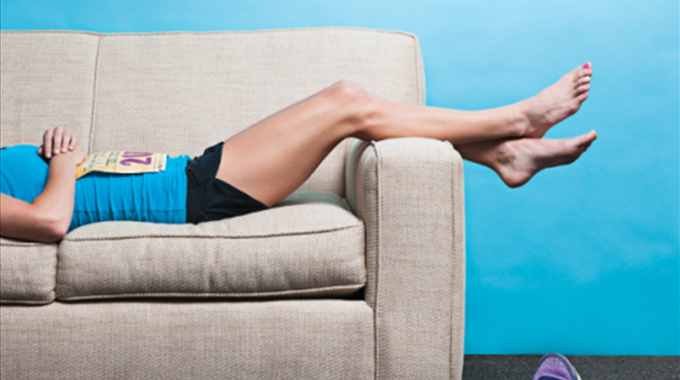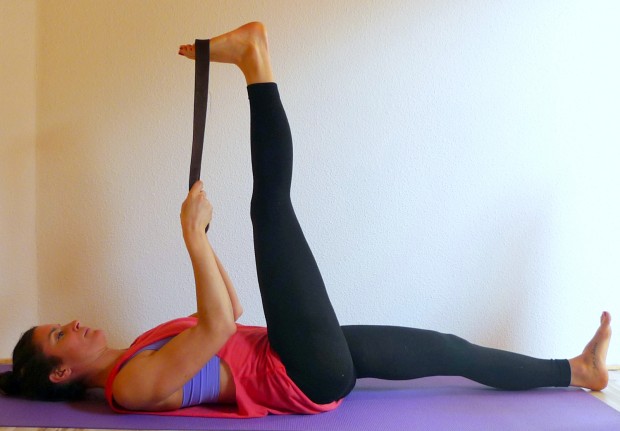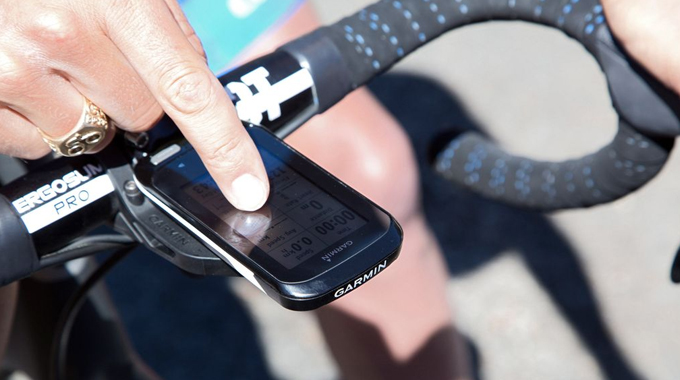As you spend more time in the saddle, especially if you’re new to cycling, you may find twinges, aches and pains begin to crop up and slow you down. One of the most common problems that cyclists suffer with is hamstring issues. Cycling puts a lot of stress and strain on this muscle group, but here’s how you can loosen them up and prevent further injury.
What are hamstrings?
Words by Jo Mcrae
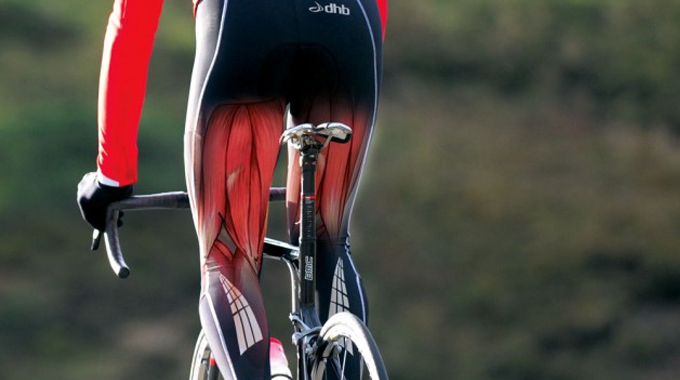
Running down the back of your leg from your hips and crossing behind the knee joint, the hamstrings are a group of muscles that extend the hip and flex the knee.
In a nutshell, they are one of the main muscle groups that are active as we cycle, with the upper portion of the hamstrings playing a role in the down stroke or ‘push’ phase of pedalling, and the lower part being active in the up stroke or ‘pull’ phase as we bend our knee.
Though the two ends of the muscles are connected and work as a whole, the cycling position and action means that it’s helpful to think of each end when trying to take care of these important muscles.
As we bend forwards on the saddle to reach the bars, cycling affects your hamstrings in the following ways;
- The upper hamstrings at your hips are stretched, so can become relatively ‘loose’ and weak.
- The lower hamstrings at the knee, remain bent. This can lead to a tendency for the lower portion to become shortened and tight
- Overall, this imbalance between the ‘tone’ in the two ends of the muscle can lead to problems and stress and strain.


